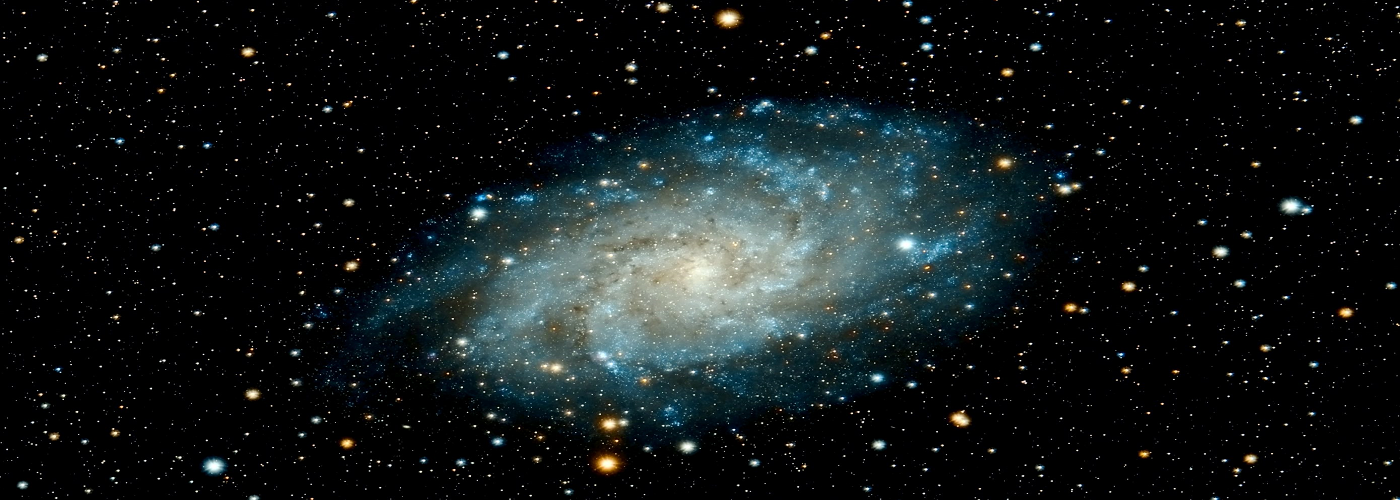

For over 30 years, NASA's Hubble Space Telescope has provided not only stunning views of our Solar System and the rest of the universe, but also advanced our understanding of such diverse topics as the age and expansion of the universe, black holes, and planets orbiting stars beyond our Sun. Now, NASA is about to launch the successor to Hubble called the James Webb Space Telescope in late December 2021.
Compared with Hubble, which has a mirror 7 ft 10 in (2.4 m) in diameter, the James Webb Space Telescope has a mirror that totals 21 ft (6.5 m). This larger mirror size will make the James Webb 100 times more powerful than Hubble at resolving distant objects. Another difference with Hubble is that the James Webb will focus more on observing the universe in the infrared range, which are the longer wavelengths outside of the visible light spectrum. This will enable the new telescope to see the birth of stars, whose light can become obscured by interstellar dust. Seeing farther into the infrared range will also enable the James Webb to see some of the first stars and galaxies that formed, just 100-200 million years after the Big Bang, whose light has taken over 13 billion years to reach us across the vast expanse of the universe.
However, the launch of the James Webb Space Telescope will be an extraordinary challenge. First of all, the 21 ft mirror is too large to fit in one piece within the launch rocket. In order to fit, the mirror is actually composed of an array of 18 hexagonal segments that will fold up, origami-style to fit inside the rocket, and then unfold when deployed in space. Another part of the telescope that must fold up to fit within the launch rocket is the tennis court-sized sunshield. This sunshield is very important to block the light and heat from the sun so that the very faint galaxies on the edge of the observable universe can be seen.
Finally, unlike Hubble, which orbits a relatively close 340 mi (550 km) above Earth’s surface, the James Webb will be orbiting 930,000 mi (1,500,000 km) from Earth, or more than 3.5 times the distance from the Earth to the Moon. Thus, unlike Hubble, which was able to be serviced by astronauts, the James Webb is not designed to be serviceable, and must work right the first time.